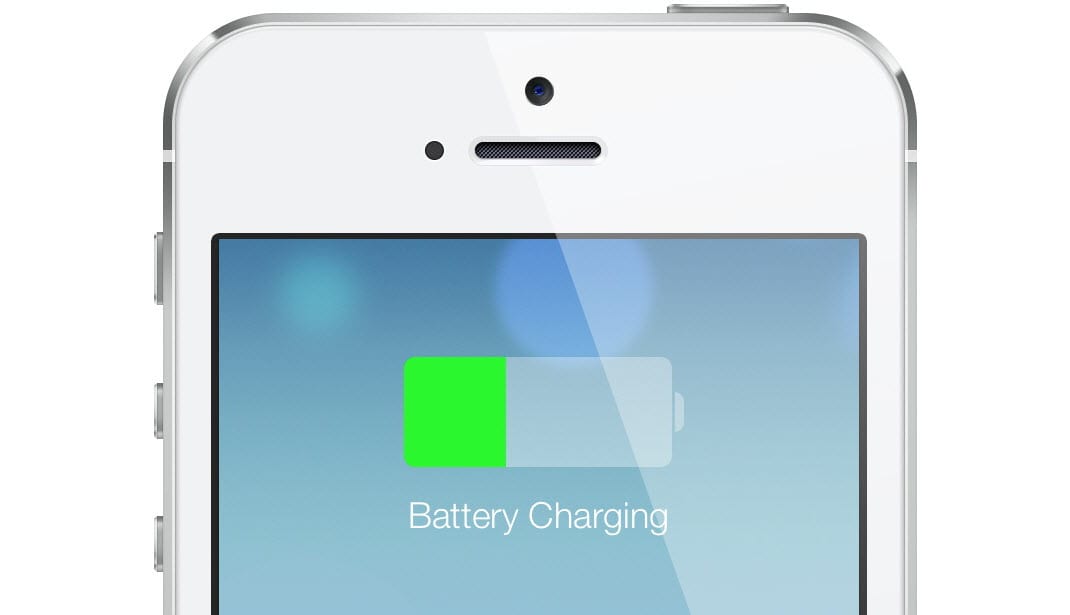Australia has all the ingredients to be the world’s leading market on battery storage: Lots of solar, high prices, and a consumer base that is independent, cost conscious and distrustful of incumbents.
There is no doubt that Australia is going to be at the leading edge of battery storage. As we have written before, that is because of the huge number of solar panels already on household rooftops, the high electricity costs (particularly network charges), and the excellent solar resources.
But there is more than that behind the reason so many global battery storage developers are targeting Australia as their first big market, and a test case to the world. It is also about the unique approach Australians have to their energy supplies, a healthy cynicism about the incumbent utilities, and a yearning for energy independence.
Australia, according to Greg Bourne, the chairman of the Australian Renewable Energy Agency, is about to enter the “iPhone” moment in battery storage.

“It would appear that energy storage has arrived!” Bourne told the Australian Energy Storage conference in Sydney. “Of course it’s been around for quite a time in some form or other but just like 2007 was the iPhone moment; 2015 might be seen as the Tesla moment!
Bourne’s referral to an i-phone moment alludes to 2007, when after nearly 15 years of playing with fairly cluncky “smart phone”, Apple came out with the first touch-screen, and the market has exploded ever since.
“When the taxi driver starts talking about battery storage, you’d better start listening,” he said. “A lot of them know about storage, because they drive Prius cars and other hybrid electrics.”
Bourne says the battery storage market is at a similar point, highlighted by the plunging costs and the consumer aesthetics being introduced by the likes of Tesla.

“The Tesla Powerwall begins to look like a consumer product with desirable features to it.,” Bourne told RenewEconomy. “It says, ‘I want to work with you’.
“We are going to see this industry grow in a way that most people will be so surprised.
“The potential interest in the residential market is very, very high. Costs are coming down and as technology moves forward, the one-way power system mentality is disappearing very fast.
“Time is ticking forward in a way that some energy companies have not realised what is happening.”
According to Kane Thornton, the CEO of the Clean Energy Council, it is about Australians’ unique idea of independence, a strong romance factor, and a lack of trust in utilities.
Return on investment also comes into it, but it may be further down the list, and that will be largely dictated by the regulators and incumbents, in the form of tariff incentives.
Thornton says the consumer base in Australia is reasonably cynical about utilities. They like the idea of energy independence and are becoming increasingly energy literate.
And they have a further incentive, given that some 250,000 households across Australia, as pointed out by Morgan Stanley in an analysis last week, are about to move from premium feed-in tariffs to so called “fair value” solar tariffs that, Thornton noted, were arguably not very fair value at all.
“You don’t need to be a genius to see where there is a value proposition for storage in that market,” Thornton said.
Interestingly, Thornton also cited the litmus test of a taxi-drive. He said his father, a sheep farmer in Victoria, was also talking battery storage.
“There is a romance factor about this technology. My taxi driver was telling me about battery storage technology, my dad, a sheep farmer, was talking about it. People are excited about it.”
Bourne added that energy companies which kept their “heads in the sand” risked seeing their consumers leaving the grid. That threat is real, he said, and would happen if they didn’t act.
“People will put up barriers to stop this coming about. My own sense is bring it on,” Bourne said.










